Kumbhakarna Singh, popular as Rana Kumbha (1417-68 CE) of Mewar, was among the most powerful Ranas of Mewar. Sisodiya Rajput dynasty ruled Mewar region of Rajputana since 14th century until 1947. Rana Kumbha was the 5th ruler of Sisodiya Rajput dynasty. Kingdom of Mewar consisted a major part of Rajputana. So, in terms of territorial stretch, there is no comparison with the great empires those ruled Indian subcontinents. Rana Kumbha life rather features a lifelong struggle for Mewar, against the powerful kingdoms of Mandore, Gujarat and Malwa.
Rana Kumbha remained undefeated in all the battles he fought in his life. That was never possible until a solid defense system was planned. Rana Kumbha restructured Mewar’s defense with 84 forts, many of which he built himself. The invincible fort of Kumbhalgarh was undoubtedly among the most noticeable constructions of Rana Kumbha.
Rana Kumbha was different in many ways compared to the other Ranas of Rajasthan. He was a great patron of art, music and literature. At the same time Rana Kumbha had also marked his life as a great administrator, warrior and architect. He was also well recognized as a great philanthropist. Rana Kumbha had built several monuments, which glorified the history of Mewar, Rajasthan.
Rana Kumbha is a now a prestigious State Award. Began in 1980-81, Rana Kumbha award was instituted to honour works (in history and literature) of permanent value to society.
Brief Life History of Rana Kumbha
Rana Kumbha was born in 1417 at Madariya in Sisodiya dynasty, a Hindu Rajput family of Mewar. Rana Kumbha was the first son of Rana Mokal Singh and Sobhagya Devi. Young Rana Kumbha got his education in politics, statecraft, art, architecture and literature in his early life. His achievements personify the utmost application of his education.
Rana Kumbha grew up seeing several political challenges around his birthplace, Mewar. The rising threats from the sultanates of Delhi, Gujarat, Malwa, and other regional powers made his early reign turbulent.
11 Amazing Facts about life of Rana Kumbha
The life history of Rana Kumbha unfolds several historical but amazing facts. It spans starting from his younger days until his last day. Here are the 11 amazing facts about Rana Kumbha life history that will amaze you.
1. Ascending the Throne of Mewar
Life of Rana Kumbha was full of struggles since his younger days. Rana Mokal, father of Rana Kumbha, died while Kumbha was just 16 years old. Young Rana Kumbha ascended the throne of Mewar in 1433, as the 49th ruler of Mewar. But the threat of family conspiracy was still there. In such circumstances, Rao Ranmal, the king of Marwar played the role of guardian of young Rana Kumbha.
2. Avenging the Assassination of Father
Rana Mokal was assassinated by his own kins, Chacha and Maira. So, despite Rana Kumbha had ascended the throne of Mewar, the threat was still there. Ranmal helped Rana Kumbha to defeat and kill his father’s killers. Elimination of Chacha and Maira eventually secured the throne of Mewar. Mahpa Panwar, one of the assassins of Rana Mokal, had refuged to Mandu, his rival state. Rana Kumbha showed his political and military supremacy to capture and kill Mahpa Panwar to fulfill his revenge.
3. Assassinating Rao Ranmal
But Rao Ranmal kept growing his influence at the royal court of Mewar. Sensing his bad influence leading to future risk and trouble, Rana Kumbha assassinated Rao Ranmal Singh in 1433. Death of Rao Ranmal eventually brought the kingdom of Marwar under his control.
4. Conflicts with Mahmud Khilji
Hiding and supporting Mahpa Panwar brought Rana Pratap into direct conflict with Mahmud Khilji of Malwa Sultanate. Rana had warned Khilji many a time to avoid safeguarding Panwar. But his refusal of Mahmud inflicted the Battle of Sarangpur in 1437. Over a severe engagement, Mewar army crushed Malwa army.
According to an old inscription, Rana Kumbha defeated and imprisoned Mahmud Khilji at Chittor Fort. But after six months of imprisonment, he released Khilji. Many historians have admired such liberality shown by Rana Kumbha. But Mahpa Panwar managed to escape to Gujarat.
Mahmud Khilji, willing to take his revenge, kept strengthening his army. But in two consecutive battles at Mandalgarh (1442) and Banas (1443), Rana Kumbha convincingly defeated Mahmud Khilji.
5. Construction of Vijay Stambha
The Vijay Stambha of Chittorgarh was among the extremely significant monuments built by Rana Kumbha. The victory tower marks heroics of Rana Kumbha against the joint forces of Gujarat and Malwa sultanates.
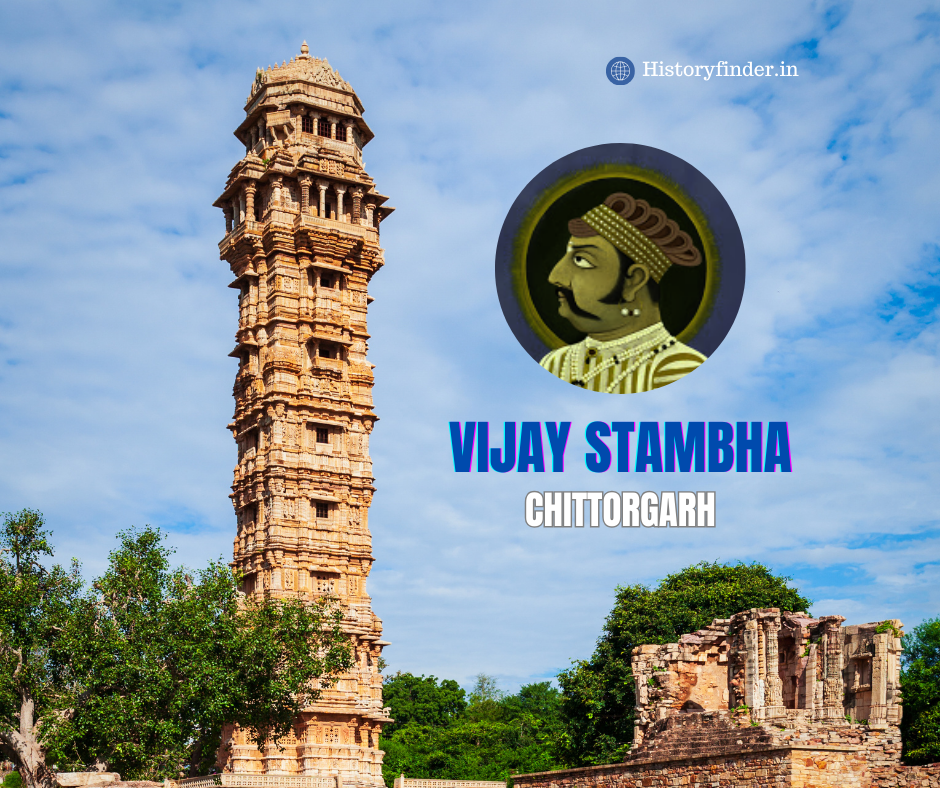
The Mewar Rana Kumbha had to fight most of his life with his neighboring states to protect Mewar. But his historic victory over the combined army of Gujarat and Malwa, was the primary reason to build Vijay Stambha in 1448 CE at Chittorgarh.
6. Conflicts with Nagaur and Gujarat Sultanates
Shams Khan, Sultan of Nagaur, was once backed by Rana Kumbha while ascending the throne of Nagaur. But he later refused to keep his promises. It inflicted the Battle of Nagaur (1455 CE), forcing Shams Khan refuge to Gujarat. Shams Khan played a trick to marry the daughter of Ahmad Shah II, Sultan of Gujarat.
Ahmad Shah sent a large army from Ahmedabad to restore Shams Khan at Nagaur (1456 CE). But Rana Kumbha defeated Gujarat army as well. But this led to a series of conflicts between Rana Kumbha and Ahmad Shah II.
7. Battles Fought and Won by Rana Kumbha in his life
Rana Kumbha fought about 56 battles. Many historical accounts claim that Rana Kumbha never lost a battle in his life. He conquered the states like Bundi, Kota, Chatsu, Malpura, and Amber. He also annexed Sambhar, Didwana, Mandore, Nagaur, Ranthambore, Sirohi, Gagran, and Ajmer to expand his empire. Majority of these states accepted his suzerainty.
Nevertheless, the Malwa and Gujarat Sultanates remained the toughest opponents of Rana Kumbha. The battle of Sarangpur, Banas, and Nagaur were among the most significant ones that Rana Kumbha fought and won convincingly. . His military supremacy and political diplomacy took Mewar to a greater height.
8. Rana Kumbha: a Man of Incredible Height
There are several legends about Rana Kumbha height and his gigantic body structure. According to the legends, Rana Kumbha height was about 9 feet. Another legend mentions, the huge Shiva Linga of Mamadev Temple, would match his height when he sat down to worship.
9. Patron of Art and Culture
Rana Kumbha also left his marks in cultural fields, as one of the great patrons of art and culture. He himself was an exceptional Veena player. Rana Kumbha had accommodated many artists and musicians in his court.
Rana Kumbha of Mewar was well versed in Sanskrit, Prakrit and of course, local dialects of Mewar. He also left his footprint on music. His own creations like Sangeet Raj, Sangeet Mimansa, Sangeet Ratnakar and Sudprabandh were impeccable. Further, his own commentaries on Jaydev’s Geeta Govinda and Chandsatkam elaborates his depth of knowledge in literature.
10. Monuments Built by Rana Kumbha
Rana Kumbha is recognized among the most powerful Ranas of Mewar and Rajasthan. As a powerful warrior, Rana Kumbha had built 32 forts, to strengthen the defense of Mewar. Kumbhalgarh fort was undoubtedly the most invincible among the forts built by Rana Kumbha. But the splendid temples of Ganesha, Mamadev and Vedi also mark a great architectural sense of Rana Kumbha.
The Sisodiya king had also added several constructions in Chittor Fort.The famous Kumbha Shyam temple and Shringar Chauri temple are some marvelous monuments built inside Chittor fort by Rana Kumbha. The Rana Kumbha palace of Chittorgarh was another architectural marvel constructed by the Rajput king.
11. Rana Kumbha Death and Aftermath
Rana Kumbha was killed by his own son, Uday Singh I in 1468. Uday Singh was doubtful about his chances as a successor of Mewar’s throne. So, he killed Rana Kumbha while praying in Kumbha Shyam temple, Kumbhalgarh.
Uday Singh I ascended the throne of Mewar but as an infamous patricide, ‘Uda Hatiyaro’ (Uda murderer). He couldn’t survive too long as well. Some legends mention that he died of a lightning strike. Another legend mentions that Rana Raimal Singh, other son of Rana Kumbha, killed Uday Singh to take his father’s revenge. Rana Raimal Singh had a long and stable reign (1473-1509 CE) of Mewar.
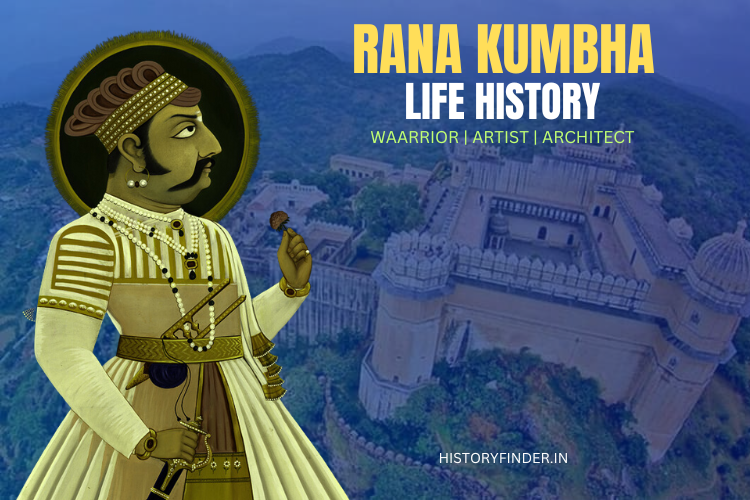
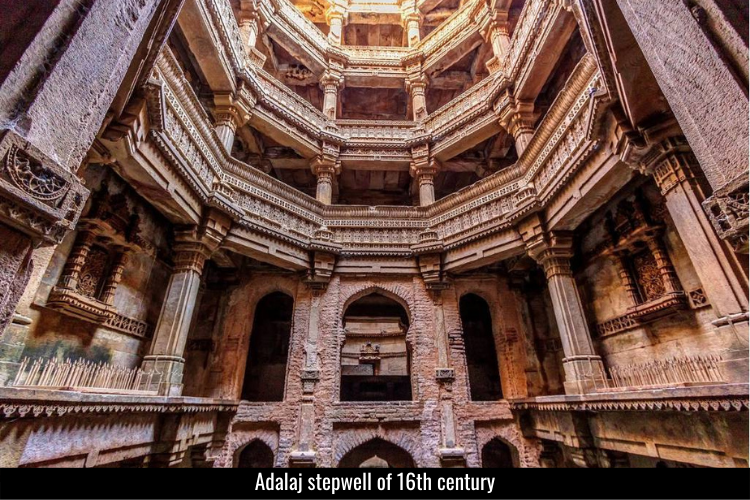
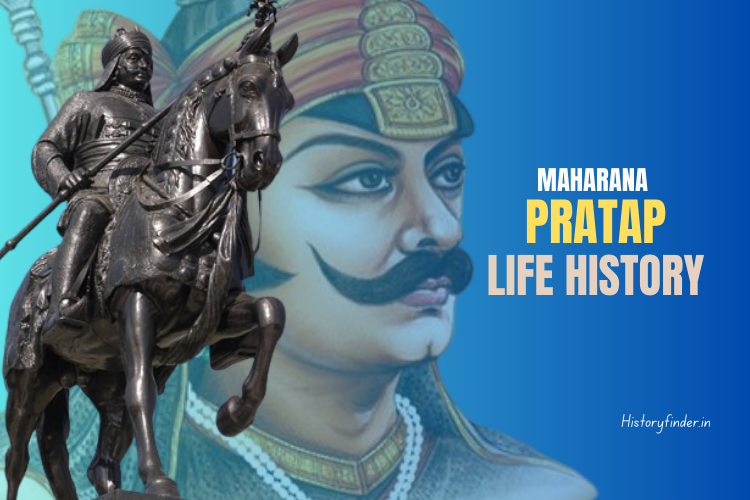
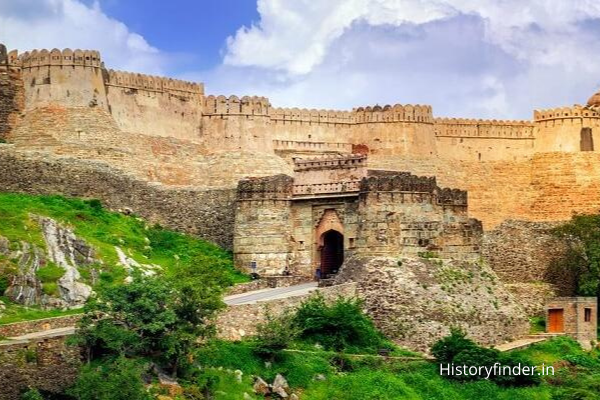

Pingback: Chittor Fort - History Finder
Pingback: Malwa Sultanate History and Legacy - History Finder